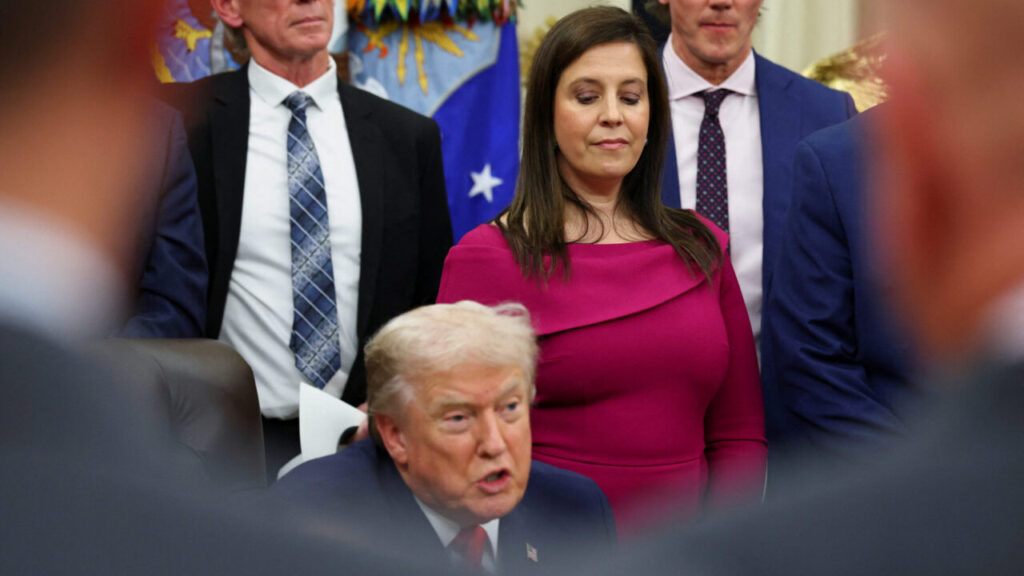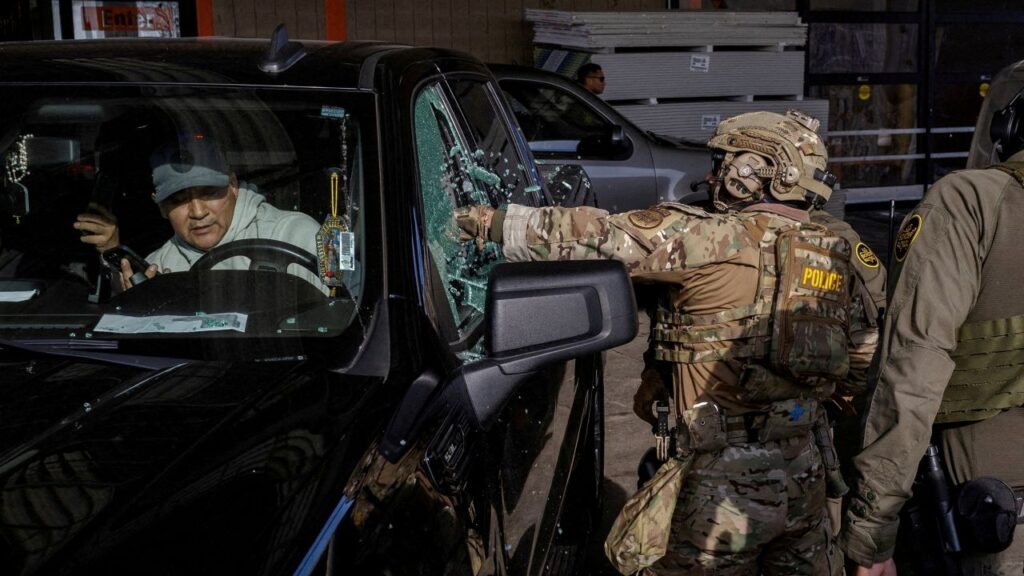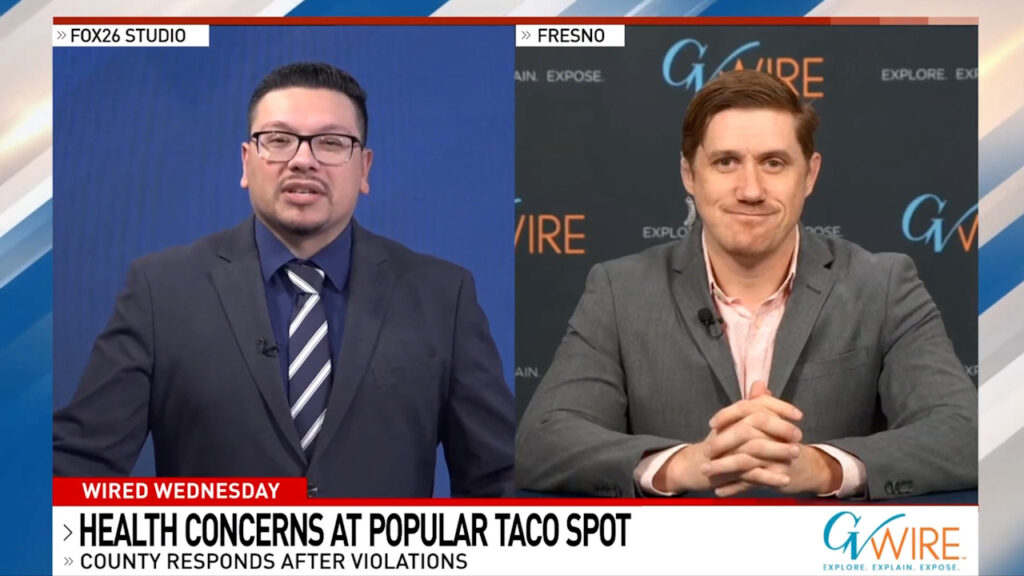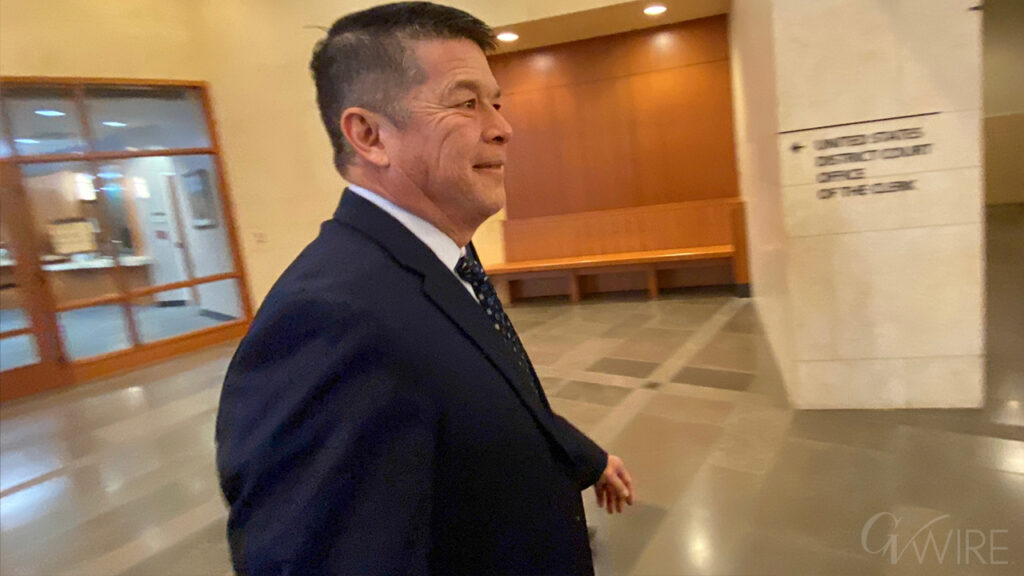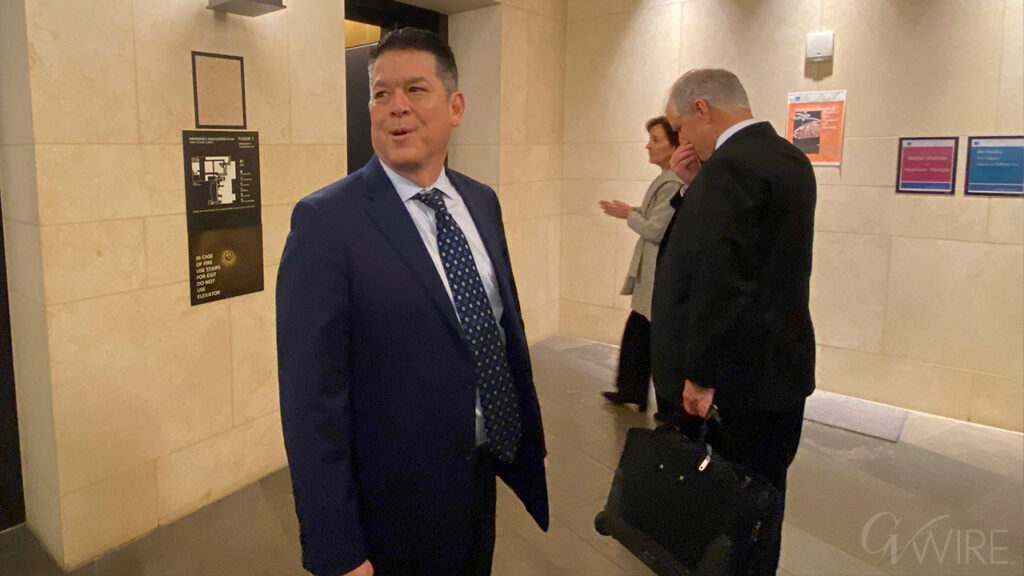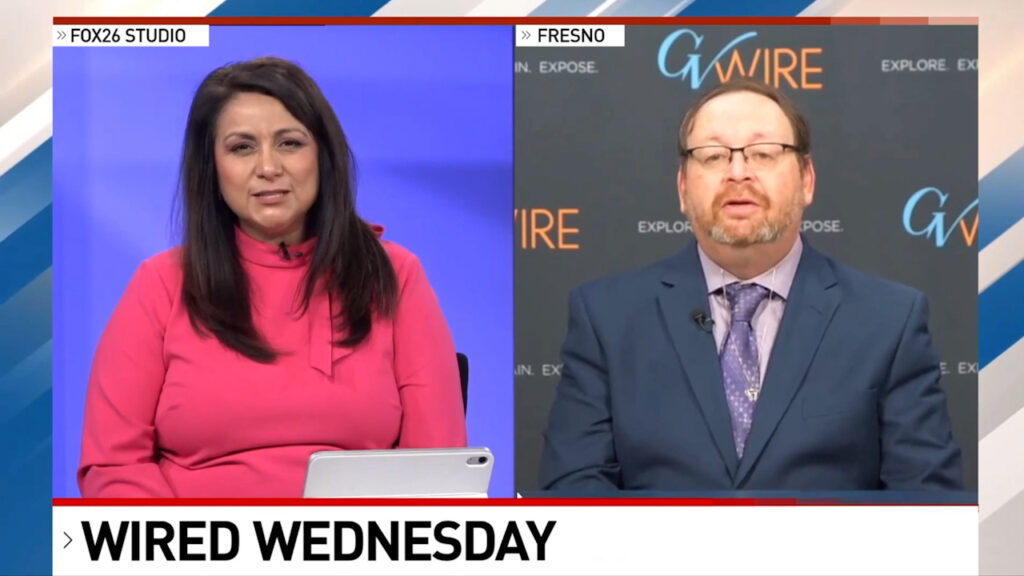The Federal Emergency Management Agency headquarters in Washington, June 16, 2025. Trump administration FEMA officials are two months behind in posting guidelines for grant applications, holding up $2.4 billion worth of grants meant to help state and local governments with security and counterterrorism efforts. (Eric Lee/The New York Times)
Share
|
Getting your Trinity Audio player ready...
|
Since the Sept. 11 attacks, the Federal Emergency Management Agency has disbursed billions of dollars in grants to state and local governments to help with security and prevent terrorism.
This funding has helped Everett, Washington, bolster its water and wastewater plants’ cybersecurity infrastructure. It paid for automated license plate readers in New Jersey and the salaries of state employees who, according to court documents, “provide cybersecurity training, plan risk mitigation efforts and combat domestic violent extremism.”
And in New York, the grants have paid for National Guard members to patrol the subway, an increased law enforcement presence at the northern border, and 12 FBI-certified bomb squads across the state.
But the flow of funds is now being imperiled by FEMA officials, who are nearly two months behind in posting the latest application guidelines for the grants.
The new application is expected to reflect additional requirements for cities and states to demonstrate compliance with President Donald Trump’s priorities on immigration enforcement and dismantling diversity programs. But no one has seen the application, leaving longtime funding recipients in limbo and feeling increasingly anxious.
In a letter last month to Kristi Noem, Trump’s homeland security secretary, a coalition of associations that represent local and state officials wrote that the delay hurts “response and recovery capabilities across the country, and puts critical infrastructure at risk.”
New York Gov. Kathy Hochul, a Democrat, followed up with her own letter this week to Noem. She wrote that the funding uncertainty puts “New York communities at a greater risk than perhaps anywhere else in the nation,” singling out the potential vulnerability of “the largest Jewish community outside of Israel.”
After the joint Israeli-U.S. attack last month on Iran’s nuclear facilities, there have been heightened fears that Jewish communities across the country could be targeted in response. During the last fiscal year, FEMA distributed about $1 billion through its homeland security grant program for states to use to protect against terror threats.
New York received about $220 million from that program, with a large share flowing to law enforcement agencies in New York City and its suburbs. The city’s Police Department, for example, used the money to pay intelligence analysts and teams that monitor for radiological weapons like “dirty bombs.” (Last month, FEMA awarded about $94 million to Jewish faith-based groups nationwide to help them increase protections against attacks.)
The Police Department and other large departments most likely have sufficient resources to fill gaps if there are delays or if the money does not materialize, said Jackie Bray, commissioner of the New York State Division of Homeland Security and Emergency Services.
Smaller agencies, which are far more reliant on these federal grants, will be in greater trouble, she said. Even so, Bray noted concerns that funding cuts or uncertainty could hamper local and state agencies’ ability to safely secure big events such as the U.N. General Assembly and the FIFA World Cup.
“There is certain training for SWAT teams, bomb detection squads and chemical or biological responses that would just stop happening,” she said. “This is exactly the wrong moment to start cutting the funding that keeps our local emergency managers, counterterrorism teams and targeted violence prevention experts functioning.”
Trina Sheets, the executive director of the National Emergency Management Association, a group representing state emergency management directors, estimated that about $2.4 billion in FEMA grants that Congress had appropriated was being held up. This includes about $81 million meant to help protect international borders.
“It is critical we have the ability to appropriately prepare for future disasters, especially at a time when the federal government is telling state and local governments they need to do more,” Sheets said.
The delay and uncertainty are leading smaller localities to contemplate layoffs and consider a future in which the federal government plays an even smaller role in responding to emergencies.
Since Trump took office, there have been rolling cuts and clawbacks at FEMA. Trump and Noem have both argued that states should shoulder more of the burden for such work.
In one case, FEMA cut $325 million in grants for New York, much of it destined for essential flood mitigation efforts in New York City. Trump’s focus on cutting funding that helps immigrants in the country illegally has also disrupted the distribution of money to communities affected by natural disasters.
After the catastrophic floods in Texas, The New York Times reported Wednesday that FEMA was slow to activate certain teams that coordinate response and search-and-rescue efforts.
Local officials also worry how about the response to these events has become far more politicized, particularly as the Trump administration wields the threat of withholding federal funding to bring institutions and municipalities to heel.
Tricia McLaughlin, a spokesperson for the Department of Homeland Security, which includes FEMA, declined to say when the necessary paperwork would be published so that states could apply for grants. She said in a statement that Noem has “directed DHS to implement additional controls to ensure that all grant money going out is consistent with law and does not go to fraud, waste or abuse, as in the past. The open borders gravy train is over.”
The Trump administration was required by law to release the applications in mid-May.
Weeks earlier, the Department of Homeland Security updated the terms and conditions for grants to require that beneficiaries cooperate with immigration enforcement. A coalition of 20 state attorneys general sued FEMA, saying the requirements were illegal and would cause irreparable harm if states could not access the money.
The Trump administration narrowed which grant programs were covered under the new terms, but the legal challenge is continuing.
—
This article originally appeared in The New York Times.
By Benjamin Oreskes/Eric Lee
c. 2025 The New York Times Company





